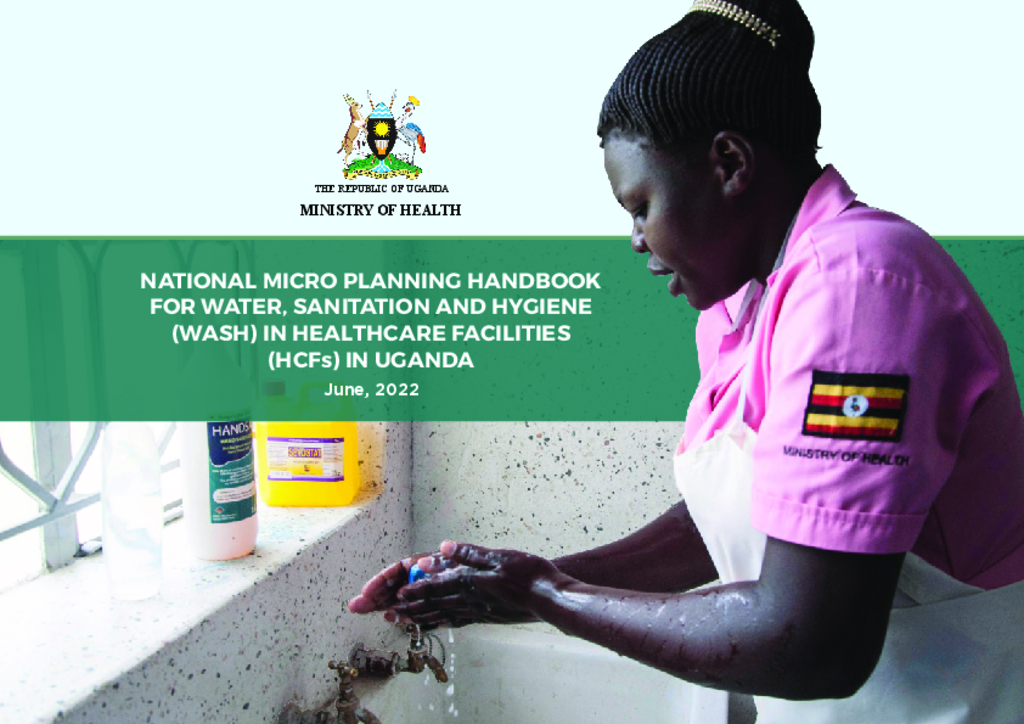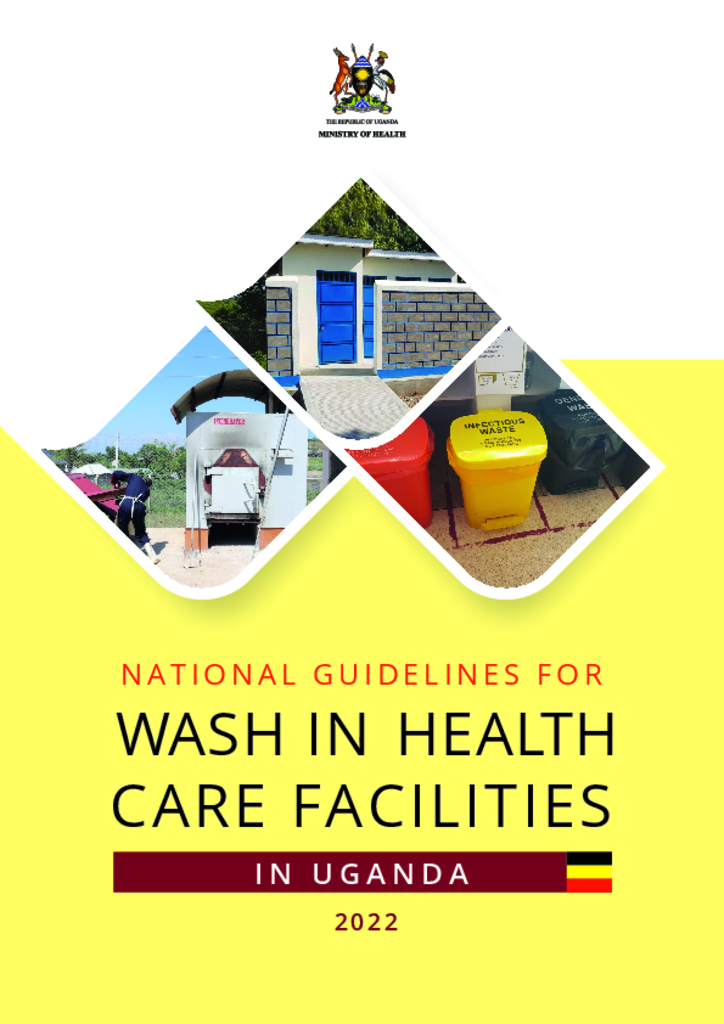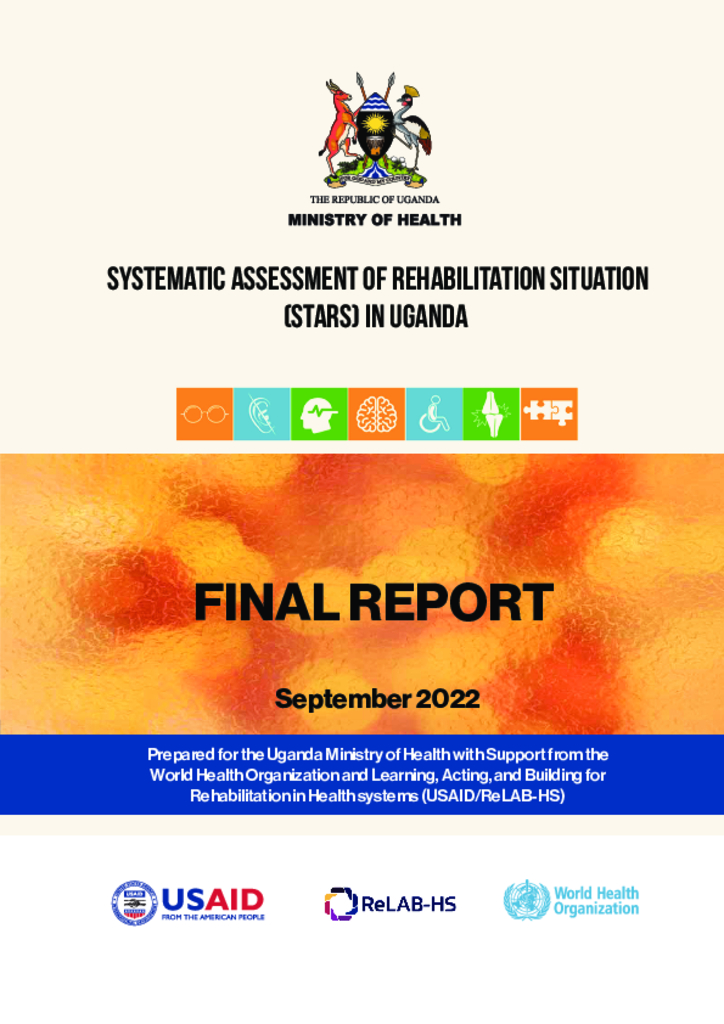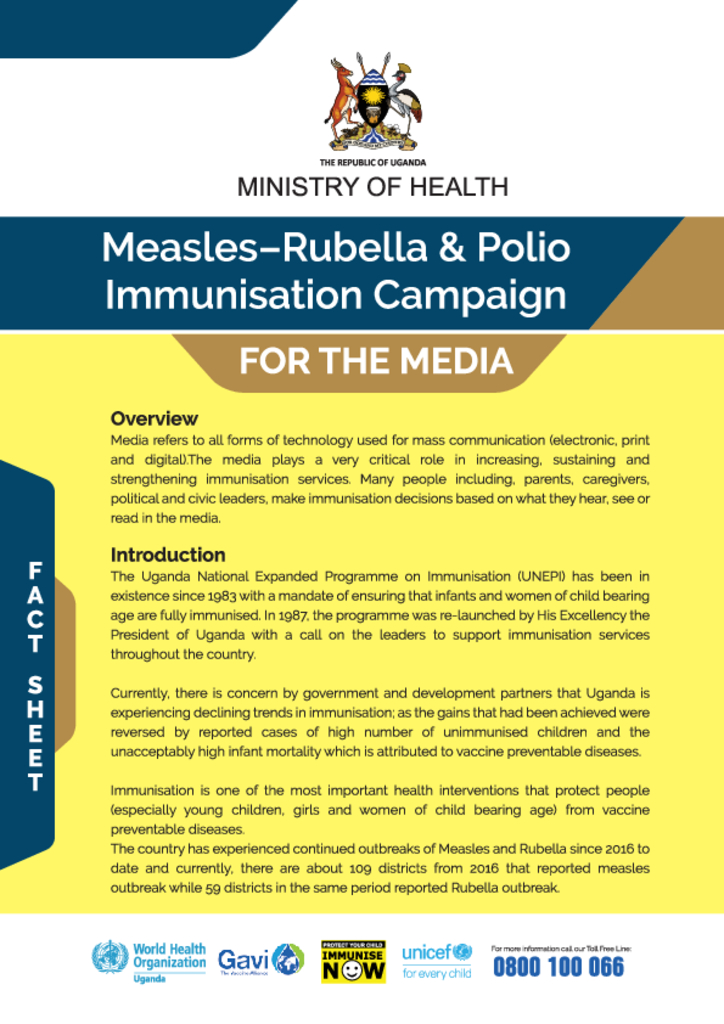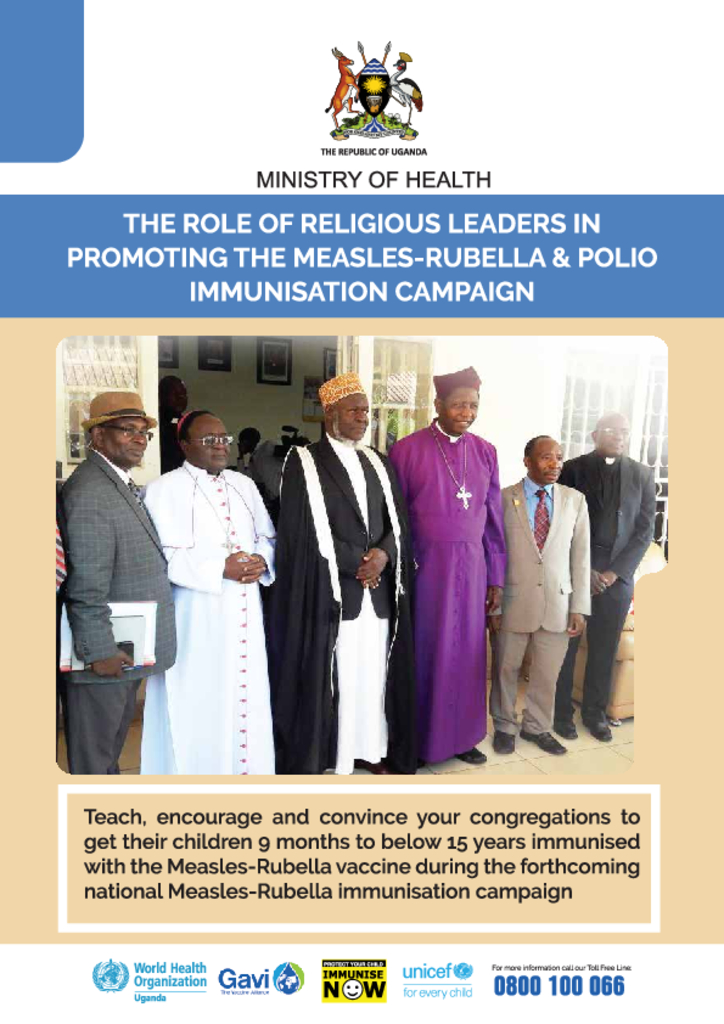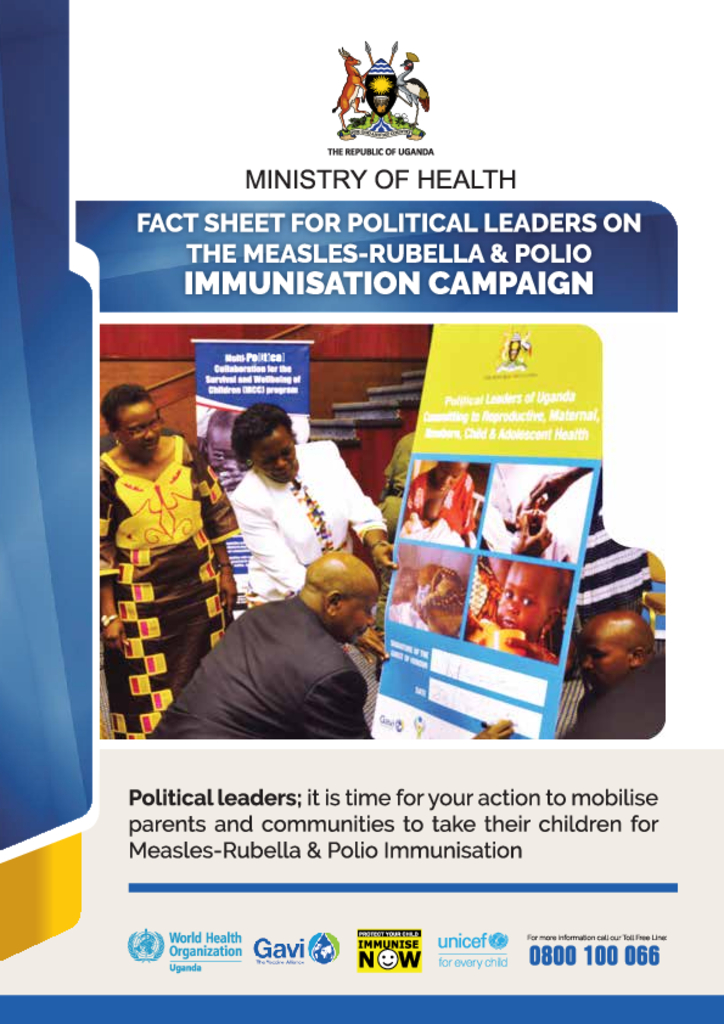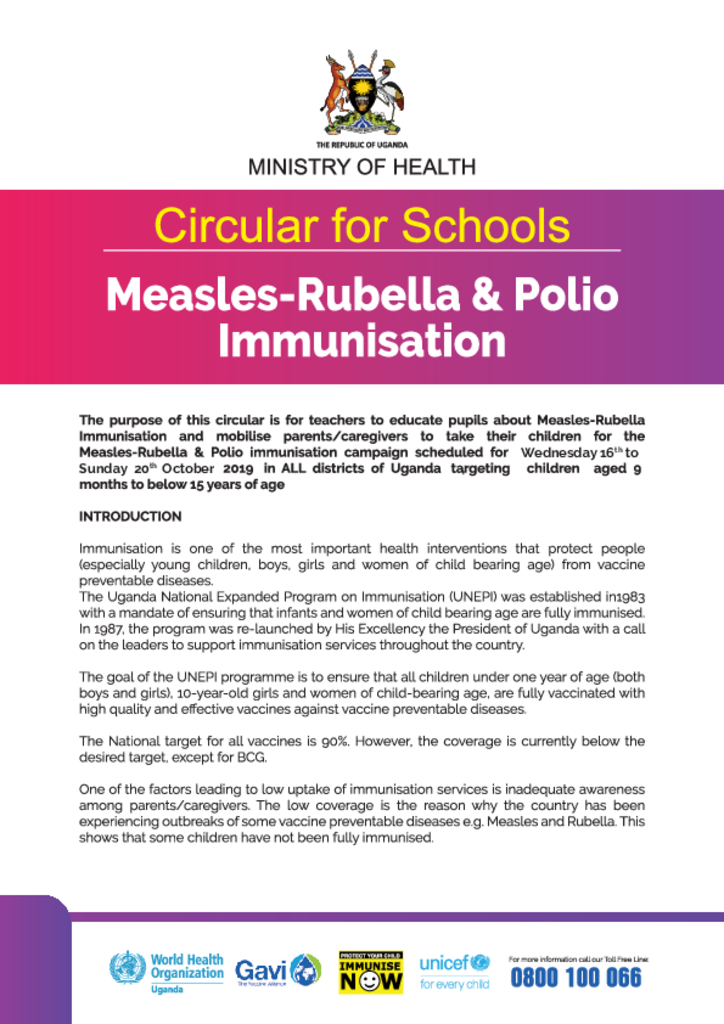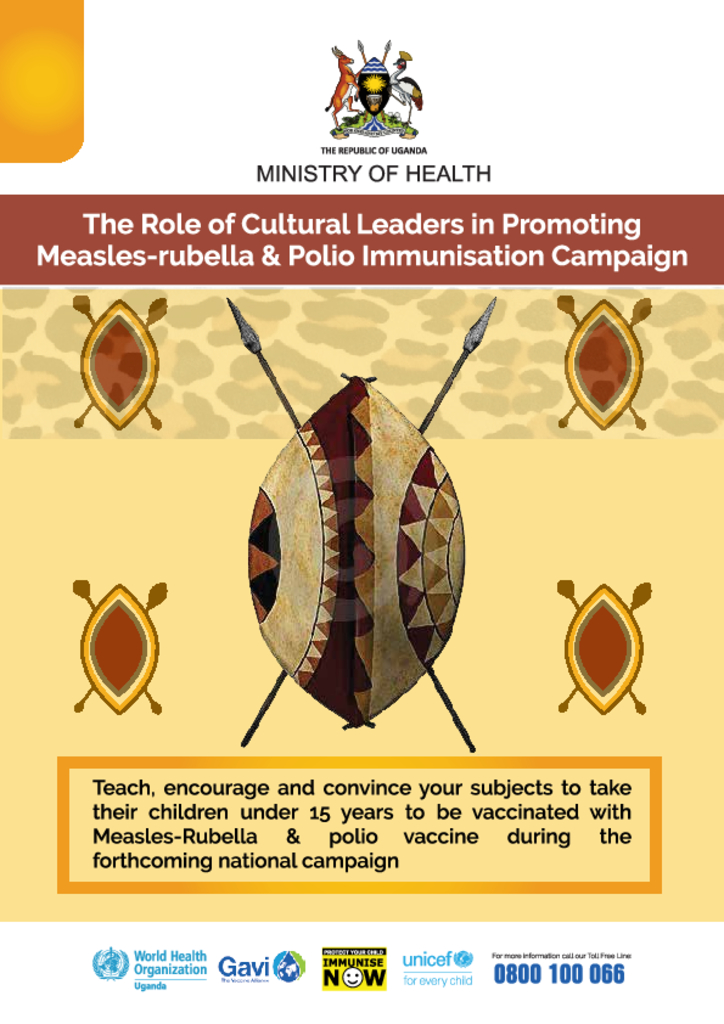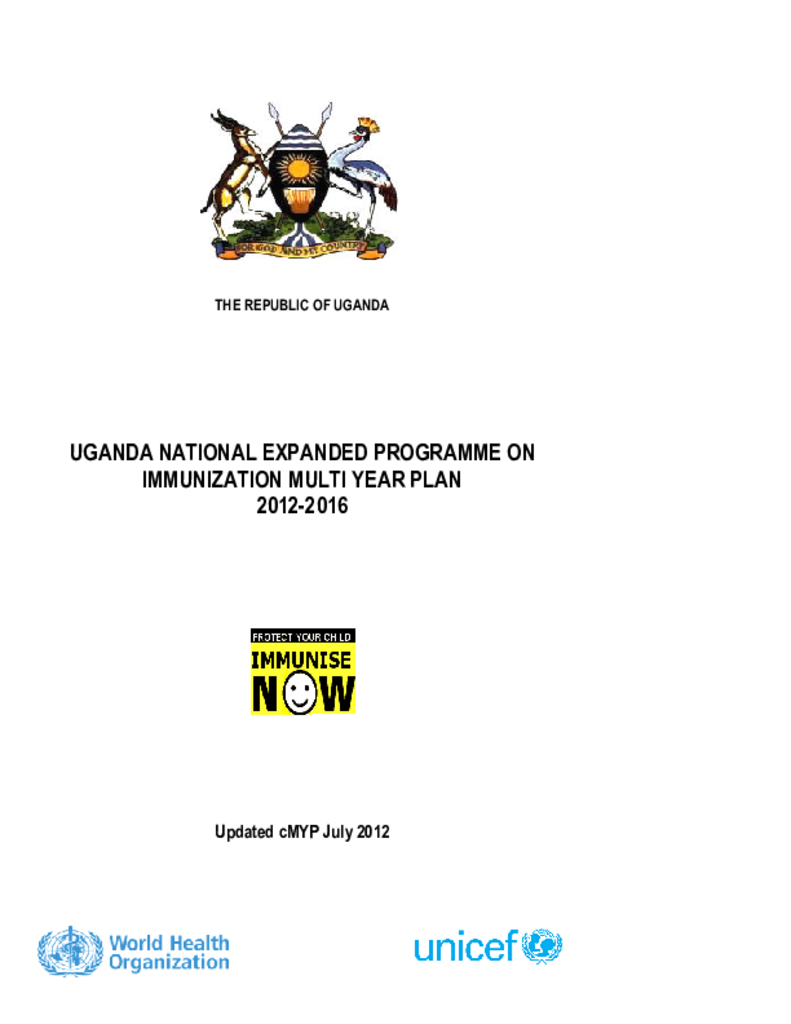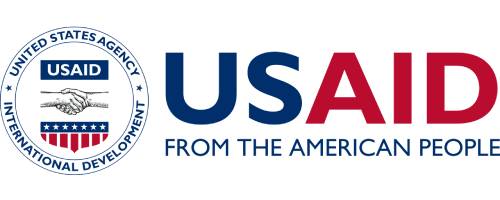The Ministry of Health recognizes that access to safe water, sanitation and hygiene (WASH) in health facilities is critical in the reduction of diseases, improved occupational health, more efficient health care services, improved staff morale and performance. The micro planning data generated will guide line ministries, local government authorities and development partners to position WASH in the health care facilities agenda within the Water and Health sectors. Additionally, it will support the development of a roadmap for achieving WASH-related sustainable development goals for health institutions.
The Sustainable Development Goals (SDG) 3 and SDG 6 reinforce the need to ensure adequate WASH services, which will result in a reduction in maternal mortality, ending preventable newborn deaths, and providing quality universal health coverage. The rationale of the WASH guidelines is to document procedures and provide a framework for strategic planning, implementation of functional and effective WASH services in healthcare facilities in Uganda. These guidelines offer a basis for creating the minimum conditions required for providing healthcare services in a healthy environment for healthcare workers, patients and visitors to the healthcare premises. They also serve as a tool for monitoring the performance of WASH in health care facilities.
This STARS in Uganda report, presents a comprehensive analysis and report on the national assessment of the rehabilitation and assistive technologies system in Uganda that was guided by the WHO Systematic Assessment of Rehabilitation Situation (STARS) approach.
The Uganda Functional Difficulties Survey (UFDS) 2017 was conducted by the Uganda Bureau of Statistics (UBOS) with the Ministry of Gender, Labour and Social Development (MGLSD) to generate information and data on persons with disabilities in Uganda to inform planning, budgeting, implementation, monitoring and reporting on disability.
The media plays a critical role in increasing, sustaining and strengthening immunisation services. Many people, including parents, caregivers,political and civil leaders make immunisation decisions based on what they hear, see or read in the media.
This circular is to teach, encourage and convince congregations to get their children immunised against Measles-Rubella and Polio
This fact sheet is to help political leaders mobilise parents to take their children for Measles-Rubella and Polio immunisation.
The purpose of this circular is for teachers to educate pupils about measles-Rubella and polio immunisation and to mobilize parents / caregivers to take their children for immunisation.
This circular is aimed at providing religious leaders with basic facts about Measles-Rubella Immunisation. It's benefita ans key messages to deliver to congregations and parents so that they can take their children for immunisation during this mass immunisation campaign.
The World report on vision seeks to stimulate action in countries to address these challenges by proposing integrated people-centred eye care (IPCEC) as an approach to health system strengthening that builds the foundation for service delivery to address population needs
In response to this situation, the World Health Assembly (resolution 58.23 on “Disability, including prevention, management and rehabilitation”) requested the World Health Organization (WHO) Director-General to produce a World report on disability based on the best available scientific evidence. The World report on disability has been produced in partnership with the World Bank, as previous experience has shown the benefit of collaboration between agencies for increasing awareness, political will and action across sectors.
The Uganda EPI multiyear plan for 2012-2016 highlights the areas of focus for the immunization programme over the next 5 years based on previous programme performance, priorities for the health sector as stipulated in the Health Sector Strategic Investment Plan (2010/11 – 2014/15) and the global and regional goals set for child survival. The Decade of Vaccines Global Vaccine Action Plan (GVAP), Millennium Development Goals (MDG) on mortality and morbidity reduction and the WHO Strategic direction 2010-2015 provided the overall strategic framework for development of the plan as well as priorities set in the HSSIP.
